At our New York workshop last week, we set aside 90 minutes to tackle problems put forward by participants.
In situations like this, it’s really tempting to focus on the solution. Everyone wants to know the solution to their problem…at least until the next problem arises.
Learning the solution isn’t anywhere near as useful as learning the process to find the solution. Once you learn the process, you can quickly identify the solutions to your own problems.
We’ve covered this before, but here is a basic process to stimulate some thinking with some new updates.
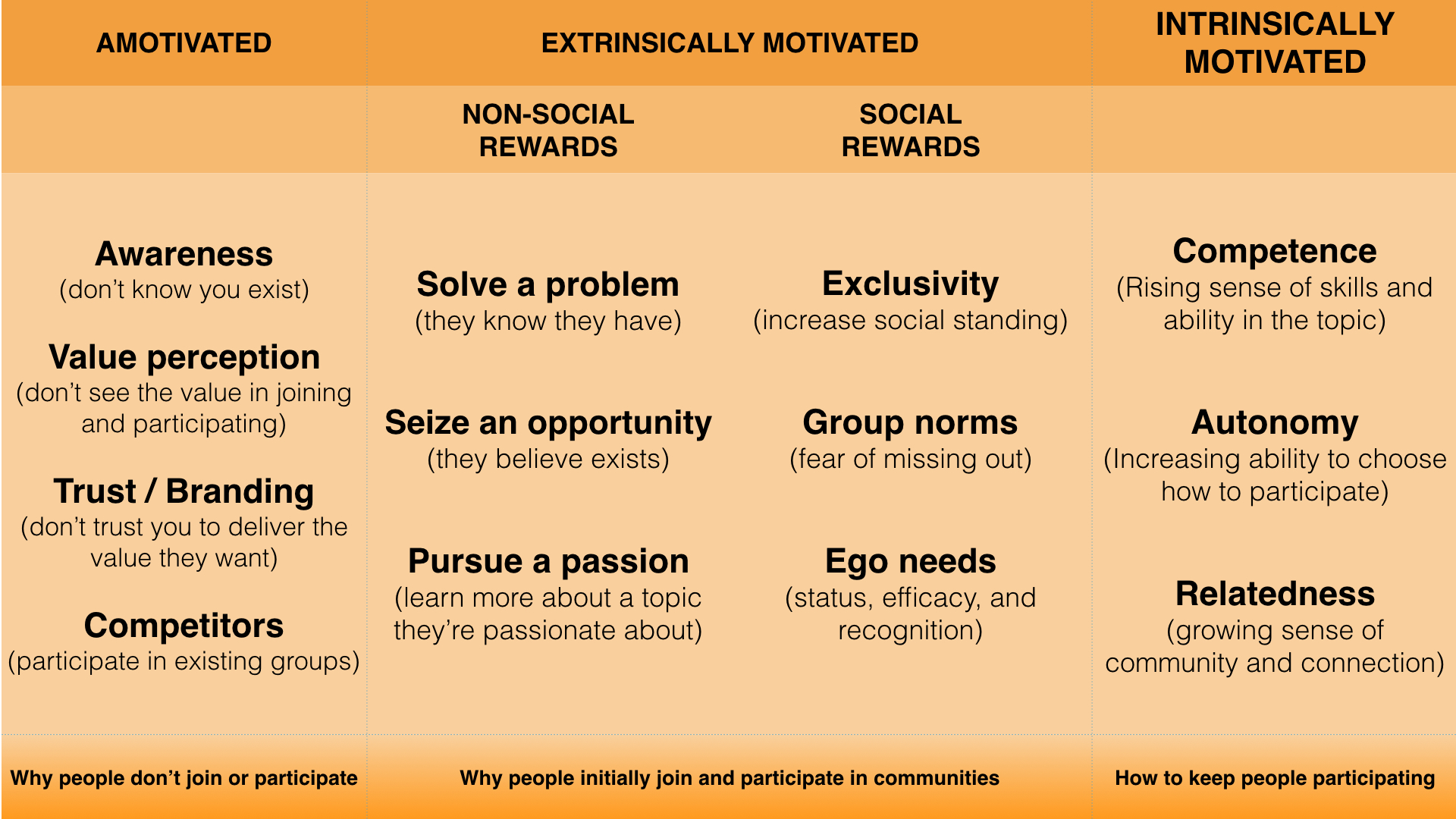
If you want more people to join, more people to participate, or to keep them active, you can use this model to ask yourself very simple questions which will help you identify the answers.
Most community engagement problems can be solved by following this model.
Step 1: Why People Don’t Join And Visit Your Community Today
This is by far the most common question. If you have an audience of 50k names, why do only a small fraction of them become community members. Why don’t most people join or participate. Part of this is the law of big numbers, the other part is mistakes you’re probably making.
1) Awareness: Do they know you exist?
Most of your target audience doesn’t know you exist. That’s often hard to accept…especially after you’ve sent them emails, reminders, posted the link prominently, told them in a myriad of different ways. Of the few that have heard you exist, the majority have long forgotten.
This presents some big questions, can you reach the people you want to join. Do you have a list of people and a method to contact them? Will they open your messages? Do they associate you with someone credible? Do they act on your messages?
- Build a bigger list of people you can reach. Improve your SEO, build a bigger mailing list, or grow your audience on social channels.
- Increase your perceived level of trust (follow the CHIP process). This helps get your messages opened and listened to.
- Improve your persuasion skills. Run a persuasion check after you write your messages. Ensure the details are as persuasive as possible.
2) Value Perception: They don’t see the value
This occurs when the community concept is wrong. What you’re offering isn’t closely enough aligned with what the audience wants or needs. Relevancy is really important here. What % of discussions/content is useful or entertaining to the majority of your members?
- Identify what the audience wants and how they want it. Use this quick process.
- Survey your target audience to identify hopes, fears, and goals. You can use our template here. Find out how much experience they have, where they’re based and what’s stopping them from overcoming their goals.
- Simplify your appeal to a single message. Drop the word ‘community’, focus on a specific goal. This is your positioning. This book is worth reading too.
- Ensure the most relevant discussions appear on the homepage for first-time visitors.
- Highlight the social rewards of joining and participating. Is it exclusive? Will people be one of the first to join? Is it where the top people participate? Is it where the cool group hang out?
- Be clear about what behavior the community replaces. What does the community help people do better than they do now.
3) Trust: They don’t trust you to deliver on the value.
This is usually the result of someone not knowing who you are or having a bad first experience with your community. The credibility challenge we’ve addressed above, the experience problem is more complicated. If someone didn’t get the value they expected during their first few visits, they no longer trust you to deliver on the promised value. It’s hard to recover these members, but you can fix it for future groups. Either make simpler promises to keep or work extra hard on the newcomers.
- Develop an instant alert for first time posters. Ensure they get a good, quick, response to questions. You have to defy their expectations to create positive associations with your community.
- Follow up on first-time posters to see if they solved their problem.
- Spend extra time on members who made their first post and set reminders using inbox.google.com to follow up.
The goal in someone’s first contribution to the community isn’t to match their expectation, but surpass them.
4) Competitors: Other places deliver the value better.
Many of us face a competitor problem. If you’re a Q&A community and Google gives better, quicker, and more trusted answers, you have a problem. If you’re going up against an established competitor with a similar concept, you have a problem. If a newcomer enters with something unique, perhaps a better culture, you have a problem. Sometimes internal politics falls within here too.
Do a competitive analysis before you launch the community (if you didn’t, do it right now). Find out where else people go if they don’t get the answer to their question, where else they participate, and how they participate. Find out what people believe makes you unique and exemplify that trait.
Step 2: Getting People To Join and Participate
If you want someone to join and participate, you have to deeply understand what they truly want and align your user journey through that entire process. This begins at the moment they first hear about the community to the moment they have made their first contribution.
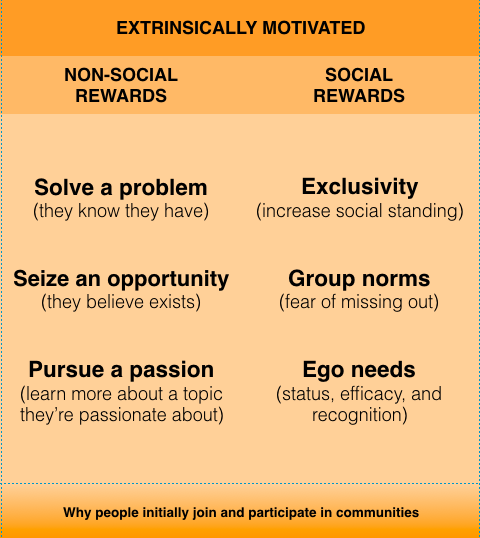
Very few people join and participate in communities to become a long-term participant. If the community satisfies their needs, they might become a regular member, but to persuade someone to join and participate, you usually need to satisfy an immediate need or want.
The key here is you don’t create the interest, you exemplify it better than anyone else.
You have three broad options here:
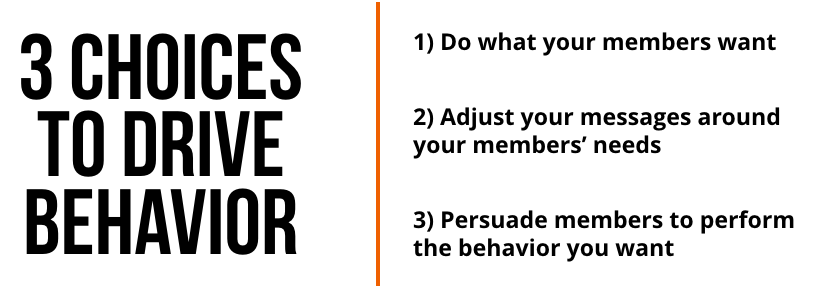
1) Determine what members want. Using interviews, surveys, and your research, identify what members want to do. This will be combination of a) what they’re doing now b) what they’re searching for, and c) what they say they want. Answerthepublic.com is useful here. You should be able to develop audience clusters with unique needs and the format of activities they want.
If you only want engagement, this is the simplest route to take. The downside is these behaviors might not benefit you at all. You can pick those closest to you and build a community around that, or adjust what you want around what motivates members below.
2) Adjust your messages and behavior around what members want. This means issuing a values survey and identify what drives and motivates your members. You can use our values survey.
You can adjust any behavior and messaging to align with the values of your audience. Your goal is to find overlaps that benefit both members and yourself. If security is high, you want members to check their current efforts are aligned with best practices, for example. More examples are below:
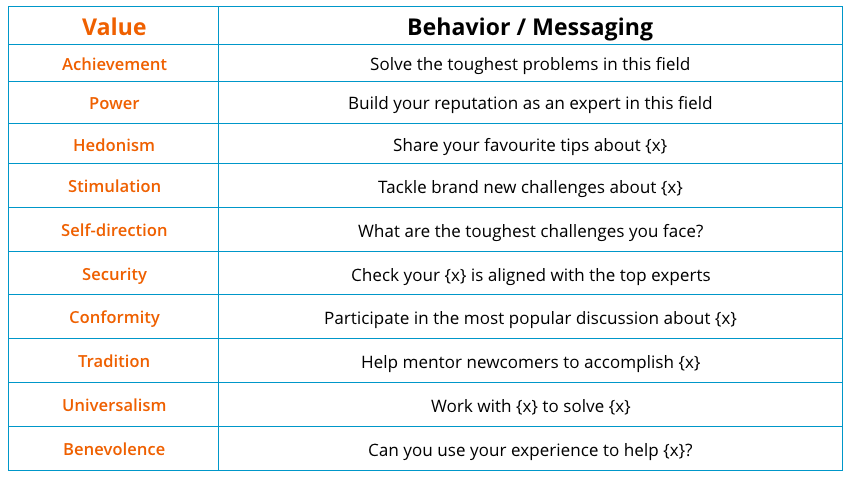
If the behaviors here still don’t overlap with what you need, you need to persuade members to do what you want. This begins before you launch the community.
3) Persuade members to do what you want.
Persuasion means having an existing audience to begin with whom are willing to listen to you. This usually means interviewing people who do/don’t perform the behavior and uncover their emotive reasons for taking/not taking actions. Focus on how they feel and share these stories. Then shrink the behavior change to something that requires less time, money, effort, deviance from habits, or social isolation. Finally add new information which supports the behavior (but doesn’t contradict what members already believe).
If you follow this process you should be able to identify the action and messaging you need to use to persuade members to take the action you need them to take. The messaging should be based within a problem, opportunity, passion, exclusivity, or conformity to the crowd.
Each has pros and cons as we can see.
- Solving a problem. Easiest to get people to join, hardest to get people participating once they have solved their problems. Most Q&A communities have terrible long-term levels of participation. People visit, ask a question, get a response and never have cause to visit again. I’d estimate around 95% of communities are based around this idea.
- Seizing an opportunity. This is similar to a community of practice (CoP), members get together to share their latest ideas, research, and findings to help the group. This is hardest to get started (people have to share without benefit to themselves), but easiest to sustain once it takes off.
- Exploring a passion. This is where you build a community for the diehards who want to learn more about the topic or connect with others as fascinated as they are. This is very hard for a brand to create and it’s usually better not to try.
- Exclusivity. This is where you find whom most people in the sector admire and invite those people to form an exclusive group. This is the simplest way to launch most types of communities. Over time you can gradually allow more people, but it begins, small, tight, and focused.
- Following group norms. This is where you establish that the majority of people in your sector are already participating in the community and others should join to avoid being left out. This only works for the dominant community in its sector.
Here you’re looking specifically for problems, opportunities, deep passions, who they admire, and what most people are doing. This is both what you build a community around and what you want people to do when they initially participate in the community.
Once you have the messaging, you ensure it aligns with every touch point through the user journey.
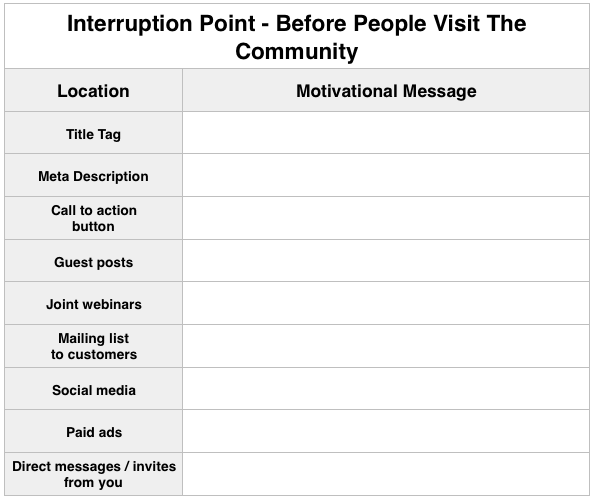
Each one of these messages should be aligned with a problem, opportunity, passion, exclusivity, or group norms. These should be based upon the research you’ve just completed. At this stage, you’re giving people what you know they now want. You should use their exact words and language here.
The next stage is what happens when they visit your community. This is where you need to encourage them to perform that behavior right now.
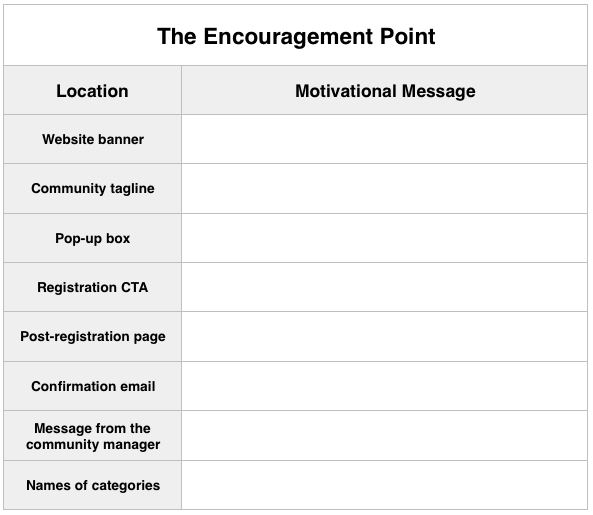
The difference here is usually one of specificity. You want to be really specific about the contribution you want them to make. Don’t talk about joining the community, talk about the action they will perform once they have joined the community.
Your goal at this point is still focused on getting people to participate immediately. This ensures people perform the behavior for the first time. You want every single message to align on this journey. Whatever motivation you’re using, you want it reflected throughout the entire journey here.
The message will change with the medium. Title tags are about 60 characters, guest posts have unlimited character counts.
But the goal is to reflect a theme. If your members want to design their own surfboard, that message would appear at the interruption point (you might create great surfboard designing content with a call to action (see our experts share their top 10 surfboard tips) which links back to a discussion post in the community.
Once they arrive and read those tips, the encouragement point focuses on a specific challenge e.g. ‘post your surfboard size questions here’ or opportunity ‘share how you picked your surfboard design’.
By the end of this process, you should be able to get a lot more people aware you exist and actively participating.
Step 3: How do I keep members actively engaged and participating?
If you want to keep members actively participating, they have to either feel they are getting better at the topic, feel they are gaining more autonomy within the group, or feel better connected with the group. Even better, provide members with a sense of all three.
This usually means you need to work at the macro (group) and micro (individual) level.
Take your members whom have made 1 to 20 contributions and send them the perceived psychological needs survey. Adapt it to your specific context. This will identify what needs are and aren’t being satisfied at the moment. You can’t tackle all 3 stages at the same time, so pick the one journey which is lacking at the moment and focus upon that.
Competence Journey
Competence is the most important for communities based around solving a problem or seizing an opportunity.
Essentially this refers to acquiring new skills and knowledge, having opportunities to apply these assets, tackle challenges at the new skill level, feeling a sense of achievement from tackling these challenges, gaining recognition from others, and having a visible sense of progress.
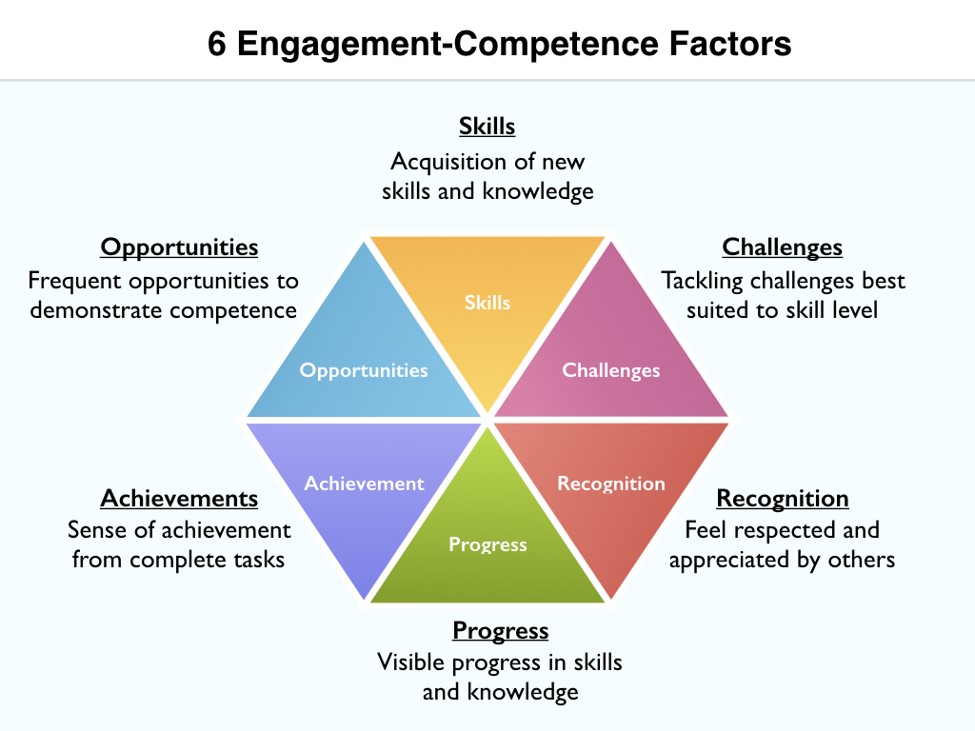
If we shaped this by how much time we spent on each today, recognition would take up 90% of the picture whereas the other five factors would be squeezed into the corner. We spend far too much time on recognition at present and far too little time on ensuring people acquire new skills, can apply them, have challenges to tackle, and feel a sense of progress.
The reason why many people don’t participate in our experts community is they simply don’t feel like an expert. They don’t feel competent enough to participate. This means we’re not providing them with the knowledge to participate or not providing them with challenges (questions they can answer) which they feel they can tackle.
You can solve this by developing a competence journey for newcomers. This might look like this:
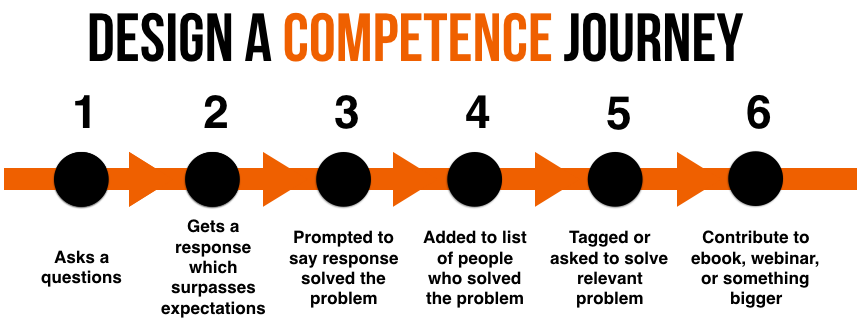
Here when someone joins they’re prompted to ask a question at which point they get a response which is twice as fast, twice as detailed, or they get twice as many responses as they were expecting.
After this they’re prompted to share if the response solved the problem and added a skills list of people who we can tag into future discussions on that topic. When that happens, they’re tagged in and begin to feel like an expert. Over time, we’ll invite them to contribute to bigger topics within their realm of expertise.
This is a very simple journey, you can create your own (better) journeys.
Autonomy Journey
Next we make sure people feel a growing sense of perceived autonomy support. This means people believe they can act in line with their true beliefs and values. This doesn’t get anywhere near as much attention as it deserves.
The biggest problem is we try to force members to do what we want instead of asking them what they want to do. This immediately compromises their autonomy. This is a big problem.
Increasing a sense of perceived autonomy support usually means a combination of four things.
-
They can choose how they participate. You provide them with choices and options, but they get to make the call. You might increase give members rising levels of power, rights, or admin access) to make this decisions in the group.
-
They don’t feel pressured. This means you’re not pestering them with messages they don’t want to perform behaviors they don’t want to do. This refers to the rest of the group too. If the group norms violate their values, they won’t participate over the long-term.
-
They can behave authentically. Similar to the above, but instead of not feeling pressured to do what they want to do, they are supported to do what they want to do. If a member has a unique interest within the topic, they are supported to explore it. They aren’t mocked or ignored, but supported. Both this and the option above is where moderation policies can prove very important.
-
They can share opinions on the community. Not only are they free to share opinions on a range of topics, but their opinions are actively solicited within the community. You sincerely work hard to get individual opinions on the community and incorporate those into your decision making.
At the practical level, a simple autonomy journey might look like this:
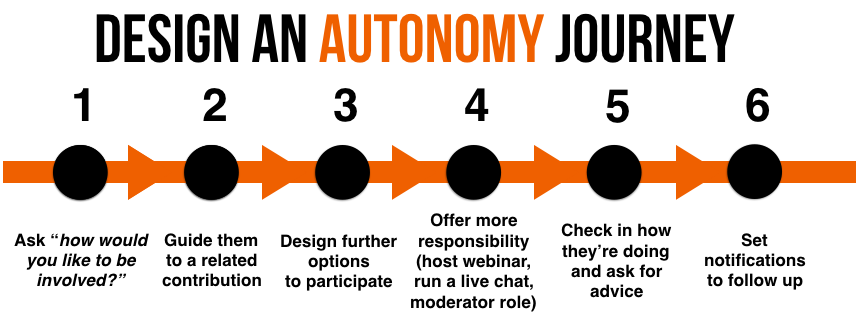
You might ask newcomers (or existing members) how they might like to be involved, guide them to a place where they can participate, design further options to participate based upon their response, and check in on how they’re doing later on. Again, this works at the very micro level. Your challenge is identifying which parts can be automated and which might need volunteers.
Relatedness Journey
Relatedness refers to the state of knowing the other members of the group, liking the other members of the group, and feeling that they like you. While toxic environments and fights are enticing in the short-term they usually prove corrosive over the long-term.
This connects strongly to building a powerful sense of community (also here) at the macro (group) level and working on the individual journey each participant goes through. The stronger the sense of community, the more people tend to participate and embrace the culture of the group. A typical journey might look like this:
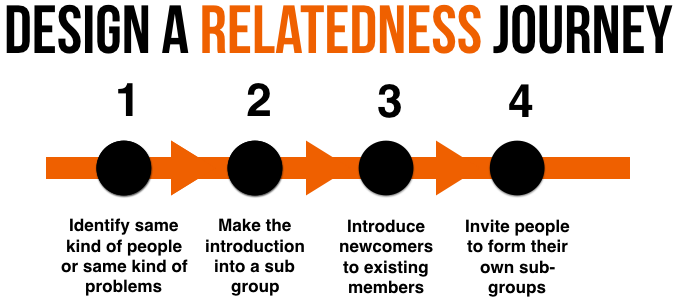
Here when a newcomer joins you find out a way to identify people with the same kind of challenge or opportunity and introduce them. This can be done via tagging as well. You might then introduce them into a sub-group (or have volunteers help do this) and perhaps later to individual existing members.
What you want here is for every member to feel they have a small handful of good friends within the community and a large number of acquaintances. Finally we might ask those whom are doing well to form their own sub-groups in the community and invite relevant newcomers to join those groups.
As per the other journeys, you can adapt this to fit your own specific needs (and develop far more complex/better journeys than this).
Where do these messages belong?
You broadly have two options here. You can send out automated messages from you or personalised messages from you using reminders. You might find this automation guide useful (this tactical post too).
A simple table might help with your planning.
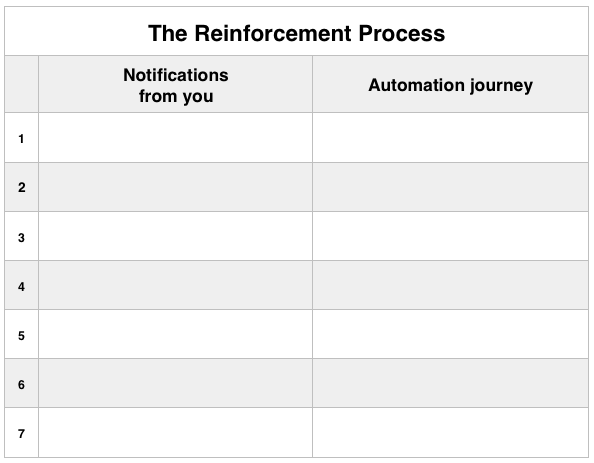
Identify the specific order messages will appear either automated or individually from you. You might begin by sending out the same messages to all members. As you become more comfortable, you might setup ‘if then’ automation rules based upon whether people open messages, take action, visit specific discussions etc…
You should be able to drop at least one of your journeys into the table above. As you see the results you can tweak, try elements from different journeys, and extend the journeys further.
Follow the process and find your own results
As we mentioned in the beginning, being told the answers isn’t anywhere near as important as learning the process to get your own results.
If you learn the process, you can discover the bottlenecks relatively easily. You simply need to ask basic questions until you find out where things are going wrong.
If people aren’t visiting, you have an awareness or trust people. If people aren’t joining, you have a value or relevancy problem. If people make one contribution and drift away, you have a competence, autonomy, and relatedness problem.
Work through the process and you’ll be able to solve many of your own community problems. Good luck.




 in core pieces of open source software – such as Heartbleed and Shellshock – have elevated highly technical security vulnerabilities into national news headlines. Despite these sobering incidents, adequate support for securing open source software remains an unsolved problem, as a panel of 32 security professionals
in core pieces of open source software – such as Heartbleed and Shellshock – have elevated highly technical security vulnerabilities into national news headlines. Despite these sobering incidents, adequate support for securing open source software remains an unsolved problem, as a panel of 32 security professionals 
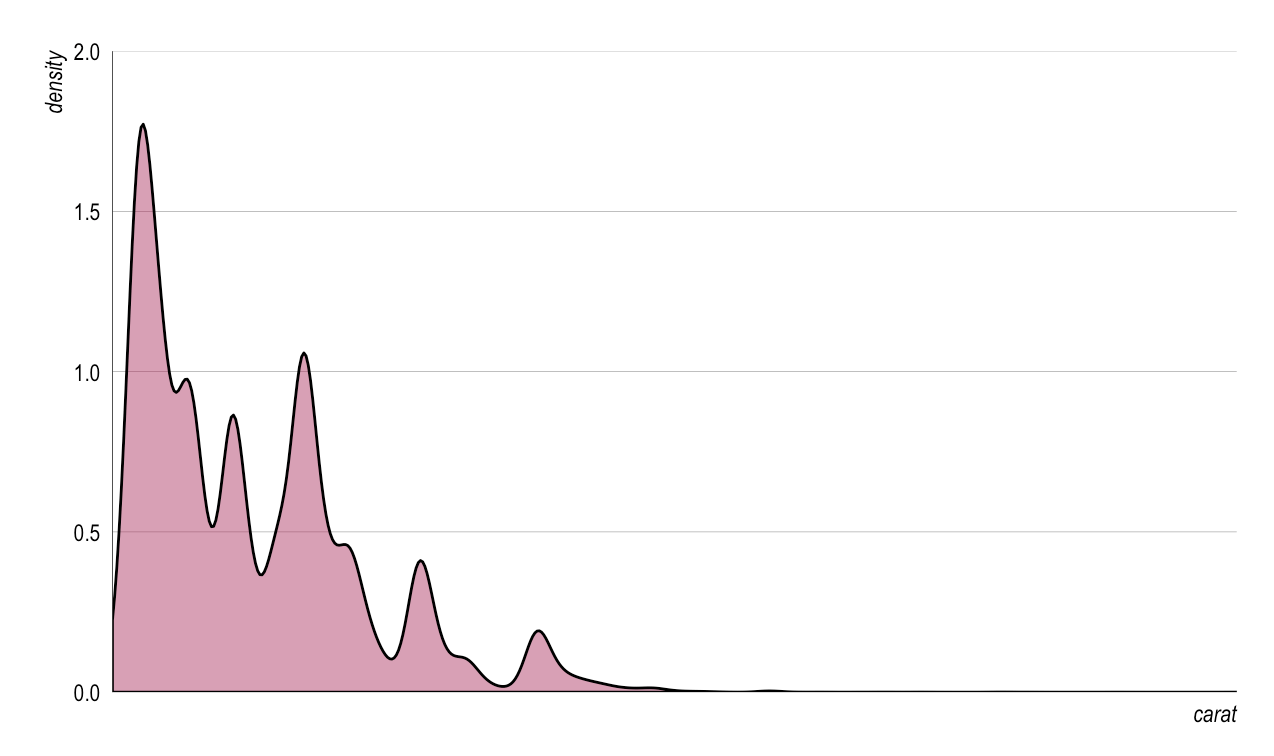
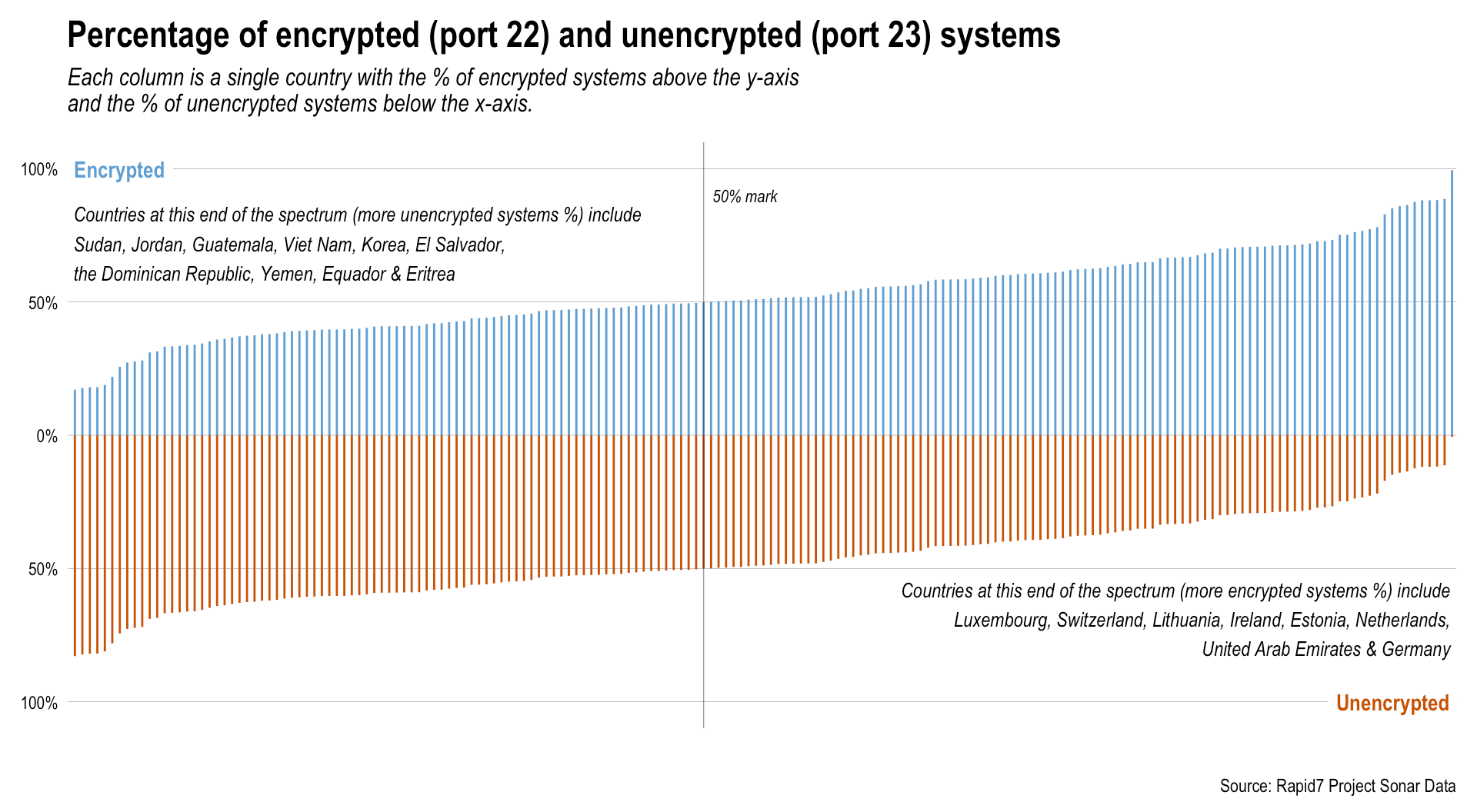


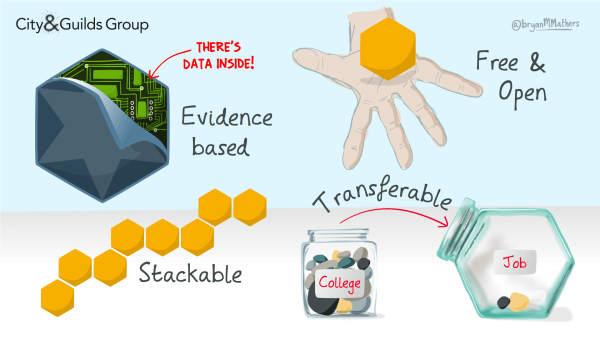




























 Anyway, I was asked how I would approach framing a Domain of One’s Own initiative to convince admin this is valuable, and my take is fairly simple: it’s cheap as hell and can actually conform to and be driven by the needs of your community. So below is a quick copy and paste of my advice column email because I can:
Anyway, I was asked how I would approach framing a Domain of One’s Own initiative to convince admin this is valuable, and my take is fairly simple: it’s cheap as hell and can actually conform to and be driven by the needs of your community. So below is a quick copy and paste of my advice column email because I can:






